Optimal Timing for Concrete Sealing
Concrete sealing is a crucial process to protect surfaces from moisture, stains, and wear. The optimal timing for sealing depends on several factors, including climate conditions, concrete curing time, and the intended use of the surface. Proper timing ensures maximum adhesion and durability of the sealant, extending the lifespan of the concrete.
Sealing should be done when temperatures are between 50°F and 85°F to ensure proper curing and adhesion.
Concrete should be fully cured, typically 28 days after pouring, before applying sealants.
Sealing during dry, mild weather prevents moisture interference and ensures optimal results.
High-traffic or exposed surfaces may require sealing every 2-3 years for continued protection.
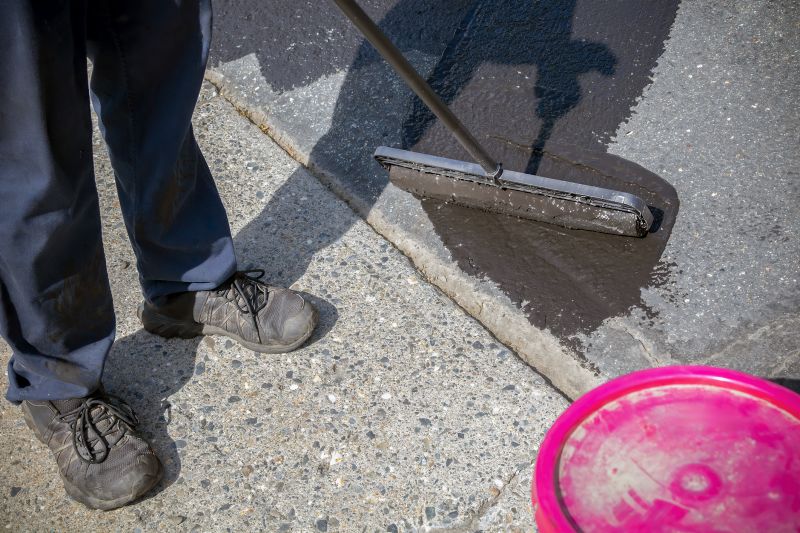
A technician applying sealant to a driveway.

Close-up of a fully cured concrete surface ready for sealing.
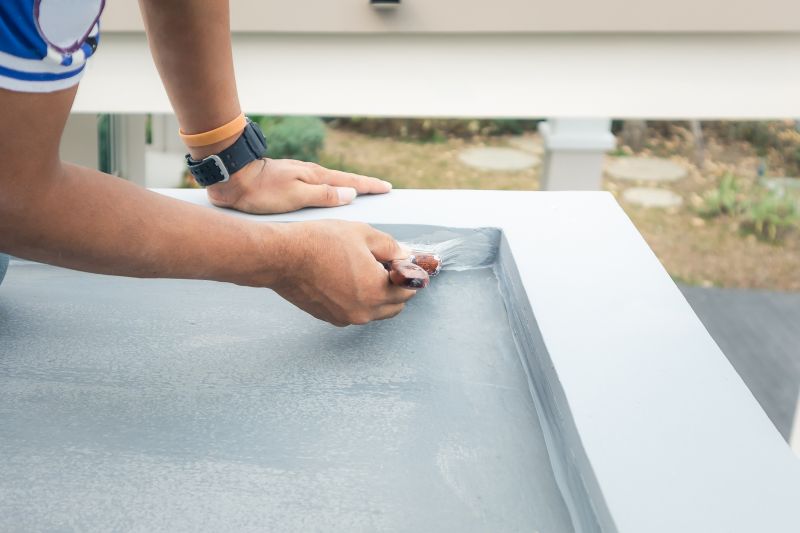
Sealing process under optimal weather conditions.

Ways to make Concrete Sealings work in tight or awkward layouts.

Popular materials for Concrete Sealings and why they hold up over time.

Simple add-ons that improve Concrete Sealings without blowing the budget.
Concrete sealings serve as a protective barrier that enhances the durability and appearance of concrete surfaces. They prevent water infiltration, resist stains from oils and other substances, and reduce surface wear. Proper sealing can significantly extend the lifespan of concrete structures, making it a cost-effective maintenance measure.
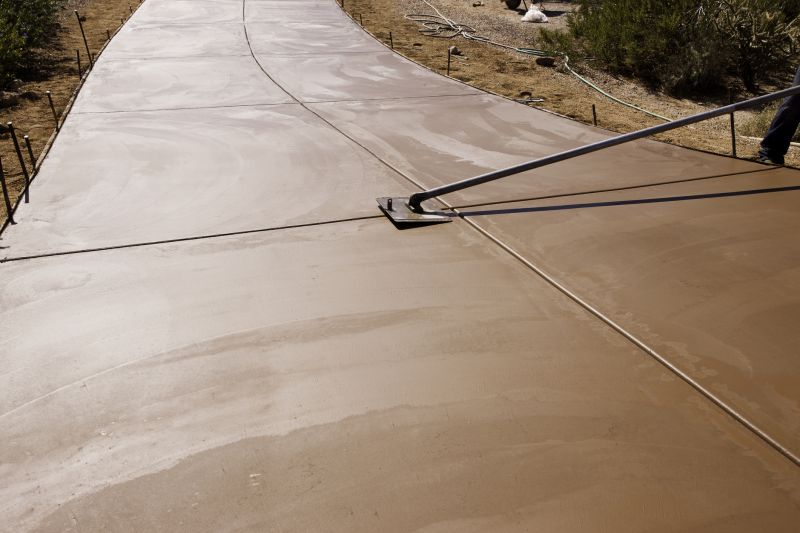
A smooth, glossy sealed driveway.
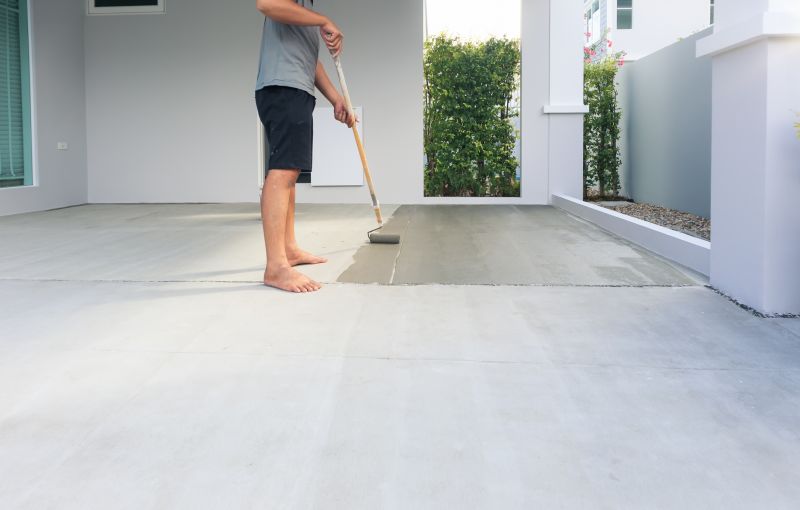
Application of sealant on a concrete patio.
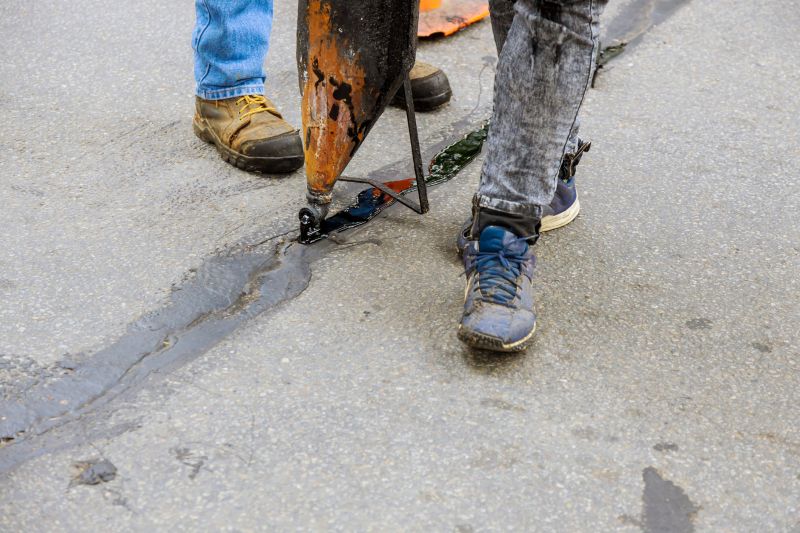
Comparison of unsealed and sealed concrete surfaces.
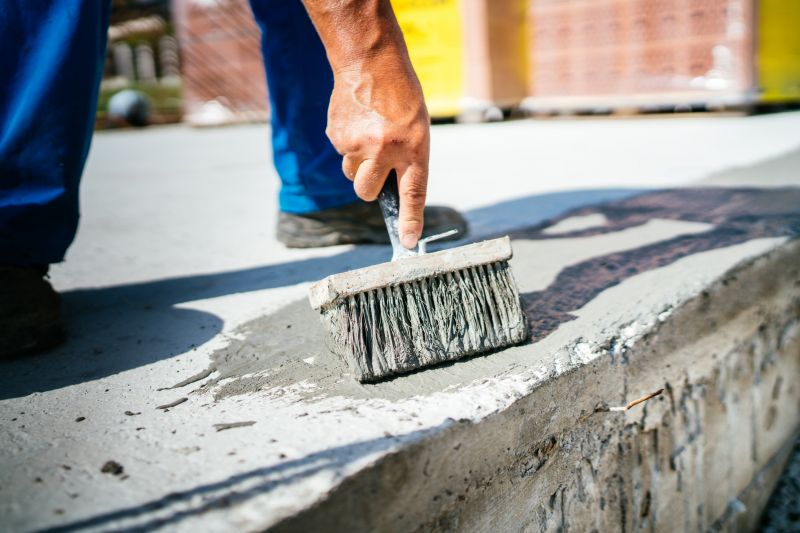
Close-up of sealant on textured concrete.
| Aspect | Recommended Timing |
|---|---|
| Concrete Pouring | Wait at least 28 days for curing before sealing |
| Weather Conditions | Seal during dry, mild temperatures |
| Season | Late spring or early fall |
| Surface Use | High-traffic surfaces may need more frequent sealing |
| Humidity Levels | Avoid sealing during high humidity or rain |
| Previous Sealant | Re-seal every 2-3 years for optimal protection |
| Concrete Age | New concrete should be fully cured before sealing |
| Climate Factors | Adjust timing based on local climate conditions |
Scheduling concrete sealing at the right time maximizes its effectiveness and longevity. Proper timing considers environmental factors, concrete age, and surface usage. Consulting with a professional can help determine the ideal window for sealing to ensure the best results.
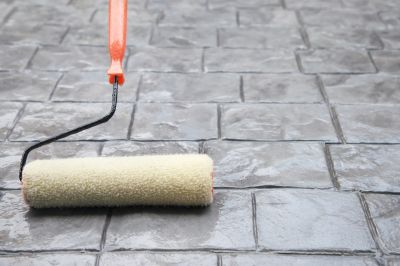
Detailed view of a sealed concrete surface.
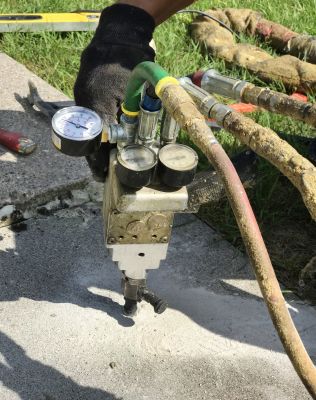
Tools used for applying concrete sealants.
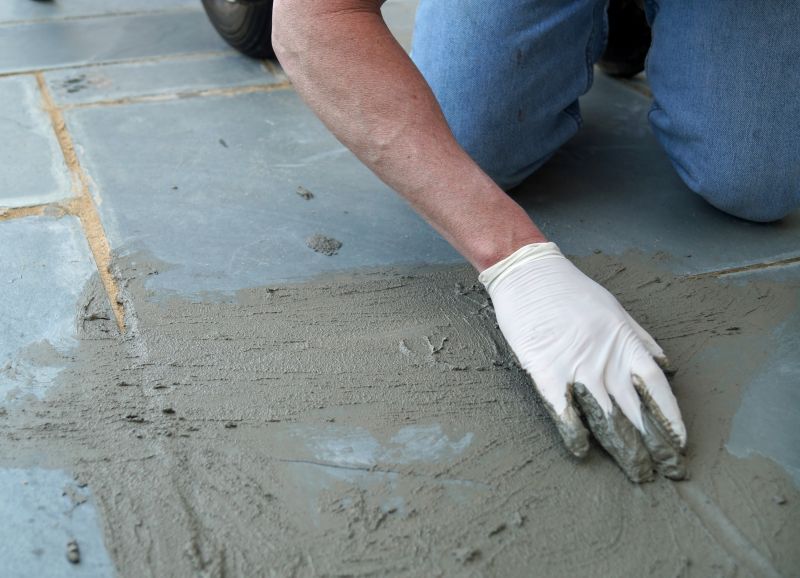
Technician applying sealant to a walkway.

A glossy, protected concrete surface.
Interested in scheduling a concrete sealing? Filling out the contact form provides an opportunity to discuss timing options and receive professional guidance tailored to specific project needs.



